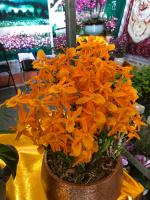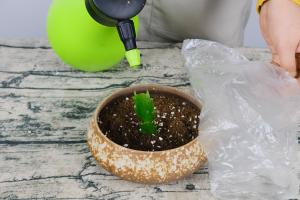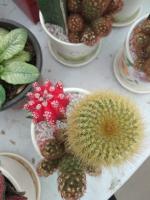Do Trees Planted at Curb Ruin Street Appeal?
Greenery has been found to have numerous positive effects on our moods, health and environment. Trees, in particular, provide shade, oxygen, and filter out air pollutants. They also enhance the aesthetics of our surroundings. However, the question remains whether planting trees at the curbside can ruin the street appeal. This article explores both sides of the argument and comes to a conclusion.
Benefits of Trees Planted at Curb
When planted strategically, trees can have many positive effects on the streetscape. For instance, trees that are planted along the roadside can provide shades by filtering out the sun's rays during hot summer months, thus helping to lower the ambient temperature. Trees can also act as a natural barrier between the street and pedestrian walkway, providing a safer environment for pedestrians. Additionally, trees can help manage stormwater runoff by absorbing and filtering rainwater before it flows into the sewer system, thereby decreasing the prevalence of flooding.
Types of Trees
There are various types of trees, and not all of them are suitable for planting at the curbside. The tree's planting location should be matched with its growth characteristics in terms of foliage, rooting system, size, and spread. Small-sized trees, such as ornamental trees, are perfect for planting at the curbside as they are less likely to cause damage to the pavement and sidewalks from their roots. Moreover, ornamental trees are more likely to maintain their aesthetic value and add to the beauty of the street for years to come.
Disadvantages of Trees Planted at Curb
As much as there are benefits, trees planted at the curbside can also have some negative effects on the streetscape. Root intrusion and fracturing of sidewalks, curbs, gutters, and pavement can result from trees planted too close to the road. This can become a safety hazard for pedestrians and damage property, leading to additional costs for repair and maintenance. Another disadvantage is that trees planted too close to the roadway can obstruct lines of sight for drivers, creating a potential risk for vehicular accidents. Finally, deciduous trees can cause problems for street sweepers, as the falling leaves, branches, and fruits can clog gutters and sewers, leading to additional maintenance costs.
Conclusion
After exploring both sides of the argument, it is clear that trees planted at the curbside can either enhance or destroy the beauty of our streetscape. Proper planning, selection, and maintenance of trees are crucial in ensuring their long-term benefits outweigh their costs. When selecting and planting trees, it is essential to consider their growth characteristics, proximity to sidewalks, and visibility for drivers. Adequate maintenance, such as trimming and pruning, can prevent root intrusion and fracturing of sidewalks, curbs, gutters, and pavement, ensuring pedestrians' safety and reducing repair and maintenance costs. Ultimately, the key to maintaining the street appeal is striking a balance between the aesthetic value and functionality of trees on our urban streets.

 how many times do yo...
how many times do yo... how many planted tre...
how many planted tre... how many pine trees ...
how many pine trees ... how many pecan trees...
how many pecan trees... how many plants comp...
how many plants comp... how many plants can ...
how many plants can ... how many plants and ...
how many plants and ... how many pepper plan...
how many pepper plan...































